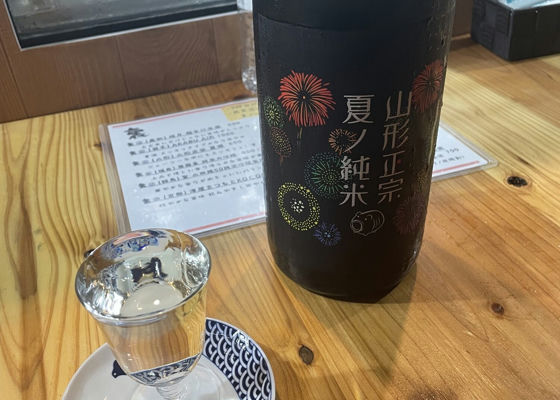
SakenowaRecord your sake experiences and discover your favorites
山形正宗Yamagata Masamune
Flavor Chart®
A chart created from flavor analysis of user comments.

Flavor Tags ®
Tags generated from flavor analysis of user comments.

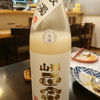
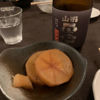
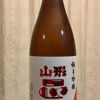

Popular Comments
There is no description, but it has a light nigori taste.
It has a slightly richer flavor than the Dewa Sanzan that I drank recently.
The rice seems to be well melted.
As expected from Omachi, there is nothing to say 🤣.
Japanese>English
June 3, 2023
At Japanese Sake Satou in Matsuyama, Japan.
I took a new employee to my favorite restaurant to drink sake.
The fifth sake was Yamagata Masamune Junmai Gin
The fifth cup was Yamagata Masamune Junmai Ginzoku Gekidaku. It is made from Yamada-Nishiki, Omachi, and
It is a limited-edition shipment of a well-balanced blend of Yamada-Nishiki, Omachi, and Dewa-Tsanbai junmai ginjo.
It is a blend of Yamada Nishiki, Omachi, and Dewa Tsannin Junmai Ginjo in good balance. It is very thick, but has a nice sharpness.
It is a dry sake that is thick, but has a nice sharpness and is very refreshing to drink.
It is a dry sake that can be drunk very refreshingly. Fried raw wood ear,
fried raw wood ear, and assorted tempura (so good that we ordered it again).
and assorted tempura (which was very good, so I ordered it again).
The sake was very good.
Japanese>English
Brands from Mitobe Shuzo
Similar Brands
We analyze the flavors based on everyone's comments and select similar brands.
KamikawataisetsuSimilar Characteristics
MansakunohanaSimilar Characteristics
Niwa no UguisuSimilar Characteristics
Location
Otsu-7 Haramachi, Tendo, YamagataOpen in Google Maps
Related Articles
山形正宗 生酛純米(水戸部酒造/山形県天童市) | 日本酒専門WEBメディア「SAKETIMES」
 名刀の切れ味の辛口酒を生む純米蔵 将棋の駒で有名な山形県天童市で明治31年(1898年)から良酒を醸している蔵SAKETIMES | 日本酒をもっと知りたくなるWEBメディア
名刀の切れ味の辛口酒を生む純米蔵 将棋の駒で有名な山形県天童市で明治31年(1898年)から良酒を醸している蔵SAKETIMES | 日本酒をもっと知りたくなるWEBメディア山形正宗 まろら(株式会社水戸部酒造/山形県天童市) | 日本酒専門WEBメディア「SAKETIMES」
 硬水を生かした切れ味抜群の銘酒 明治31年(1898年)創業の水戸部酒造は、奥羽山系の伏流水を仕込み水に使用しSAKETIMES | 日本酒をもっと知りたくなるWEBメディア
硬水を生かした切れ味抜群の銘酒 明治31年(1898年)創業の水戸部酒造は、奥羽山系の伏流水を仕込み水に使用しSAKETIMES | 日本酒をもっと知りたくなるWEBメディア「山形正宗」「稲造」を醸造する山形・水戸部酒造が6/1(水)に公式オンラインショップ「山形正宗ストア」をオープン | 日本酒専門WEBメディア「SAKETIMES」
 「山形正宗」「稲造」を醸造する株式会社水戸部酒造(山形県天童市)は、2022年6月1日(水)に、公式オンラインSAKETIMES | 日本酒をもっと知りたくなるWEBメディア
「山形正宗」「稲造」を醸造する株式会社水戸部酒造(山形県天童市)は、2022年6月1日(水)に、公式オンラインSAKETIMES | 日本酒をもっと知りたくなるWEBメディアTimeline

Yamagata Masamune純米雄町 生もと造り
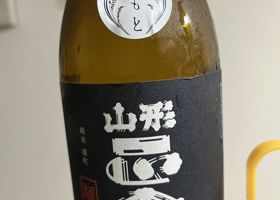
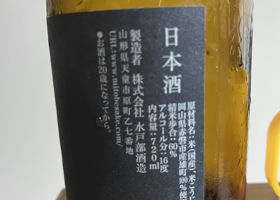
たなか
かなり好き
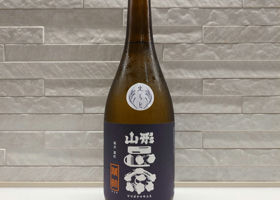
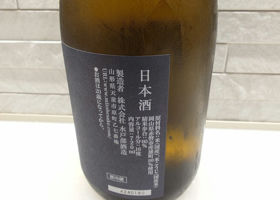
常に初陣
This is the first Yamagata Masamune I have wanted to drink for a long time.
Junmai Omachi's fresh yeast yeast.
Citrusy aroma like lemon.
Strong acidity from the start.
The mouthfeel is very refreshing.
It is like lemon juice when it is cooled down,
When it is cooled down, it is like lemon juice, but as it gets warmer, it becomes more alcoholic.
It goes well with fried food, but it also seems to go well with punchy snacks.
Pairing: Spring rolls (corned beef cabbage cheese, shrimp leek taro, tuna cabbage grilled nori)
Japanese>English
Yamagata MasamuneNatsukaze 2025
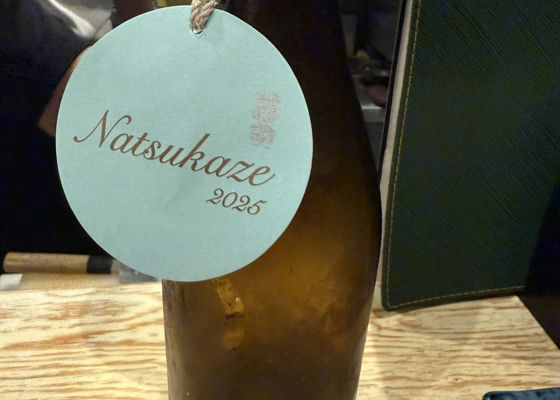
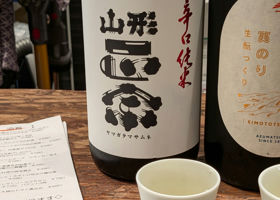

夢茶苦茶也
This is also a very long time since I have been to this brewery.
But I may have been drinking at Mitsuo Yamakawa.
Spicy, acidic
I thought O was out of place after drinking it once, but it is still delicious!
I would probably try Mitsuo Yamakawa next time.
Rice polishing ratio 60
16% alcohol by volume
Japanese>English
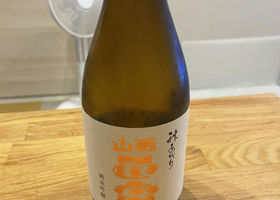
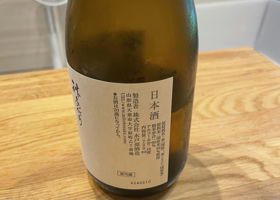
Ryo
Well balanced, delicious sake.
I will be a repeat buyer next year!
Japanese>English


カワニシ
Smoked sake. Recommended by a French restaurant. It has a strong aroma and is sweet. It is suitable as an after-dinner drink or as a mid-meal drink.
Japanese>English


高崎
It is said to have a sake degree of +8, but it does not feel that spicy.
The mouthfeel has a ginjo feel, followed by a sense of umami.
Japanese>English

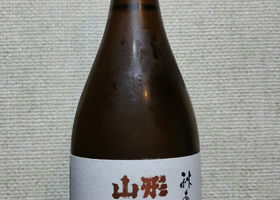
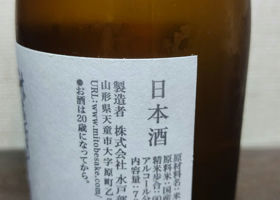
islaymalt
I bought it because it is the time of hiyaoroshi and autumn harvest. This is the second bottle of Yamagata Masamune. It was a little fizzy. I felt banana for the first time in sake. I guess it was the flavor of the rice. It was mild and tasty.
It is delicious.
Japanese>English
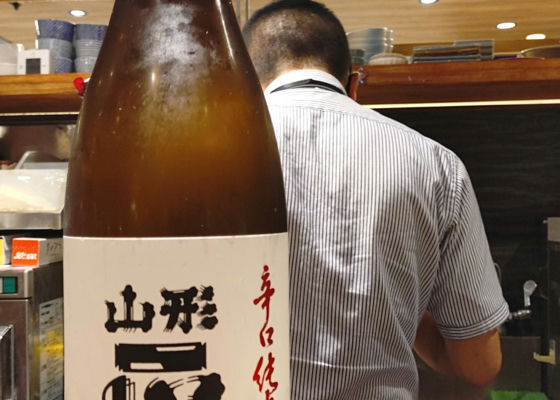

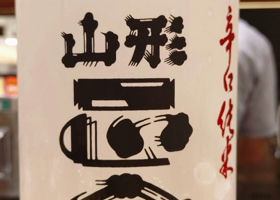
倍割り
Although it is called "dry junmai," it has a gentle sweetness and umami from the beginning to the mid-palate.
The spiciness quickly fills the mouth toward the back end.
Japanese>English
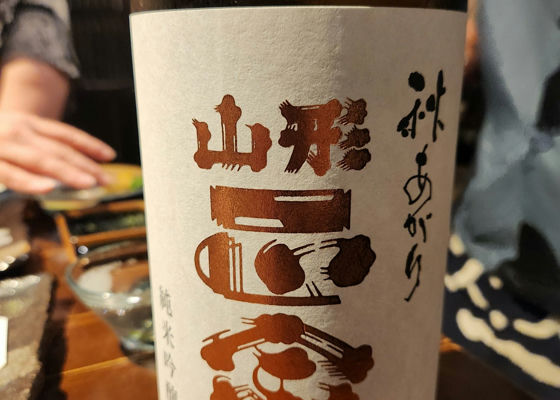
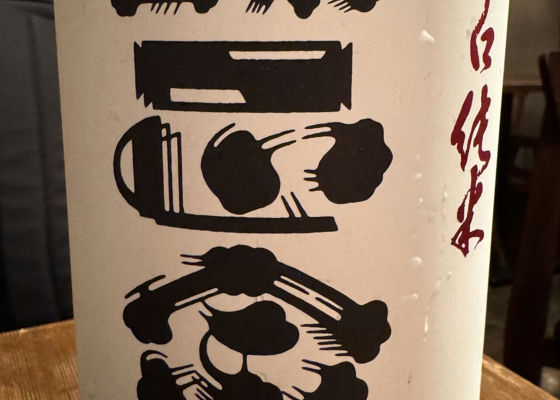
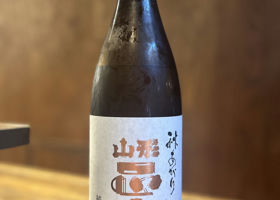
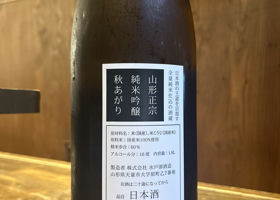
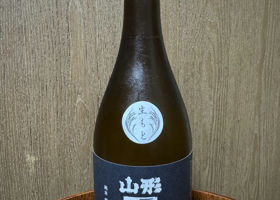

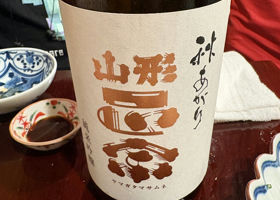
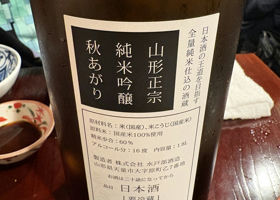
軟式登山
酸味がいい



じゅんちょる
Yamagata Masamune uses hard water with a hardness of 120, and has long had a reputation for moderately aged sake.
This sake should be drunk in place of Yamagata Masamune's business card as a food sake.
The taste is full of rice flavor and elegant fruitiness.
The lingering taste is crisp, as is typical of the famous Yamagata Masamune.
It can be served cold for a crisp taste, at room temperature for a mild taste, or warmed for a warmer taste.
A well-balanced autumn sake with a rich aroma and depth that you will not want to miss in the autumn season of appetite!
Japanese>English
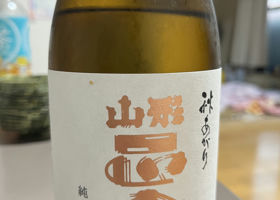
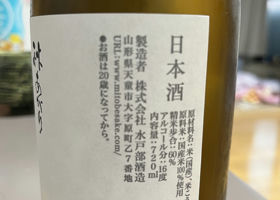
たなか
とても好き